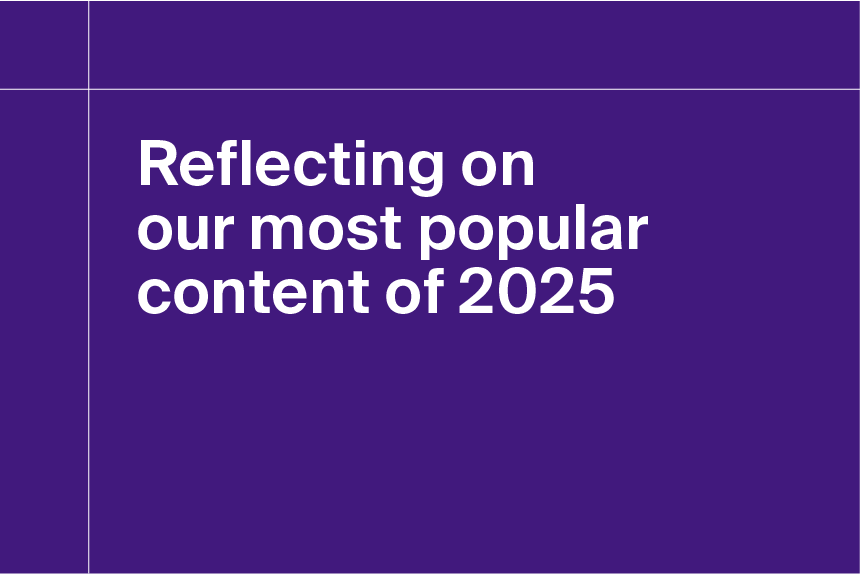Nearly eight years after the Centers for Medicare and Medicaid Services (CMS) launched the Hospital Value-Based Purchasing Program, the shift toward a value-based care delivery model is well underway. So why are some providers and payors still approaching this reimbursement model with apprehension? The answer is accountability—and accountability isn’t always easy.
Under a traditional fee-for-service model, physicians and other healthcare providers are reimbursed for the total number of services they provide. In a value-based payment program, however, providers are held accountable for care costs. Providers are offered a single payment per patient and must provide effective care within that budget or risk losing money.
Value-based contracts, as they’re referred to, are a type of risk-sharing agreement in which two or more participants in an organization or other enterprise share the financial consequences of a given risk. In the healthcare industry, this risk can be shared in a few different ways:
- Between payors and manufacturers
- Between payors and providers
- Between payors and patients
- Between manufacturers and providers
- Between providers and patients
With so many groups involved in splitting the risks of a value-based model, successful implementation of the value system is crucial for shared profit and savings across the industry. Despite the implied negative connotations, the practice of risk-sharing—in healthcare or otherwise—can be quite beneficial for the participating parties.
Risk-sharing agreements between providers and manufacturers, for instance, not only accelerate market access and help achieve competitive differentiation, but also require manufacturers to demonstrate product utilization and intended care outcomes—focusing their sales strategy on clinical quality rather than cost.
Collaborative care improves outcomes, cuts costs
Communication and collaborative care delivery are essential components of the value-based model. If the ultimate goal of this system is to reduce total medical expense while improving care quality, then coordination between all members of the care team is one of the best ways to achieve that end.
This means that all members of a team are equally engaged in the treatment of their patient and are also equally invested in the risk if they should fail to meet certain performance benchmarks or maintain low care costs.
Care direction—as in, leadership in care delivery—is one way to promote success within this system. Radiologists’ role in directing care, for instance, both helps determine how care will be administered and also reduces overall utilization.
Before the CT scan became widely accessible, physicians had few ways of distinguishing a normal, healthy appendix from one inflamed by appendicitis without surgical involvement. As a result, nearly 15% of patients who ended up on the operating room table had a normal, healthy appendix.
Now with advanced imaging technologies, care providers can detect and diagnose those issues before surgery. Though answering this question may come at the price of a $500 scan, it also means that up to 15% of patients might avoid a costlier surgical procedure because of it.
Patient outcomes are front and center
In a fee-for-service payment model, provider budgets and reimbursements have traditionally depended on total units of care—the number of patients seen, scans delivered, and procedures performed in order to meet a set requirement. This model is disrupted, however, in the shift to a value-based system where it isn’t always the case that more is better. So how is performance rewarded within this model?
One of the greatest challenges in a value-based system is identifying measurable outcomes against which to track success. Disagreement surrounding these measures has been one of the biggest obstacles to value-based contract adoption across the country. Metrics like patient satisfaction, care value, or improved quality of life are simply more difficult to gauge than volume performance.
Electronic-medical record (EMR) systems are now able to marry costs with care outcomes, and provide physicians and other healthcare professionals with a more in-depth look at the whole care process, including metrics such as:
- How long patients are staying in the hospital
- What sorts of complications they’re experiencing
- What happens after they’ve left the hospital
We now also have the ability to implement EMR systems that span an entire health network—allowing physicians to access care and treatment information from all parts of a patient’s journey. This sort of care continuum facilitates provider coordination and communication, while reducing costs by creating greater efficiencies throughout the care process.
AI is here to help
To the average consumer, AI means artificial intelligence—where computer technologies are designed to replace roles traditionally filled by humans. But many people in the healthcare industry are beginning to think about these technologies as “augmented intelligence” instead.
Computers are, in many ways, better suited to completing certain high-precision or high-efficiency tasks than their human counterparts. While this may be the case, there are a number of roles that will probably always rely upon some level of human intervention. Today, the industry is realizing that teamwork between humans and computer algorithms works better than either one on its own.
For instance, AI has the ability to create greater efficiencies and improve diagnostic accuracies throughout the healthcare industry. Radiologists and medical imaging specialists, in particular, benefit from these technologies. An AI-enhanced triaging process not only helps radiologists review more scans in a given time period, but will also help direct their attention to those exams that require the most attention.
These increased efficiencies are going to play a major part in decreasing the system’s reliance on doctors—a critical benefit when healthcare continues to suffer from a physician shortage—further reducing care costs and promoting success in a value-based system.
Learn more
Healthcare commercial intelligence can help you target and engage the providers and networks whose transition to value-based care can benefit from your organization’s unique solution.
Definitive Healthcare’s commercial intelligence platform delivers the market data, analytics, and expertise you need to uncover new opportunities in the changing healthcare landscape. Sign up for a free trial today to see how we can support your goals.




